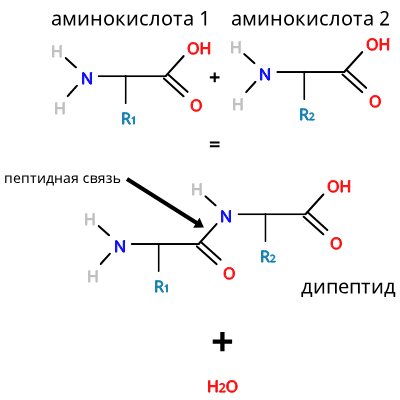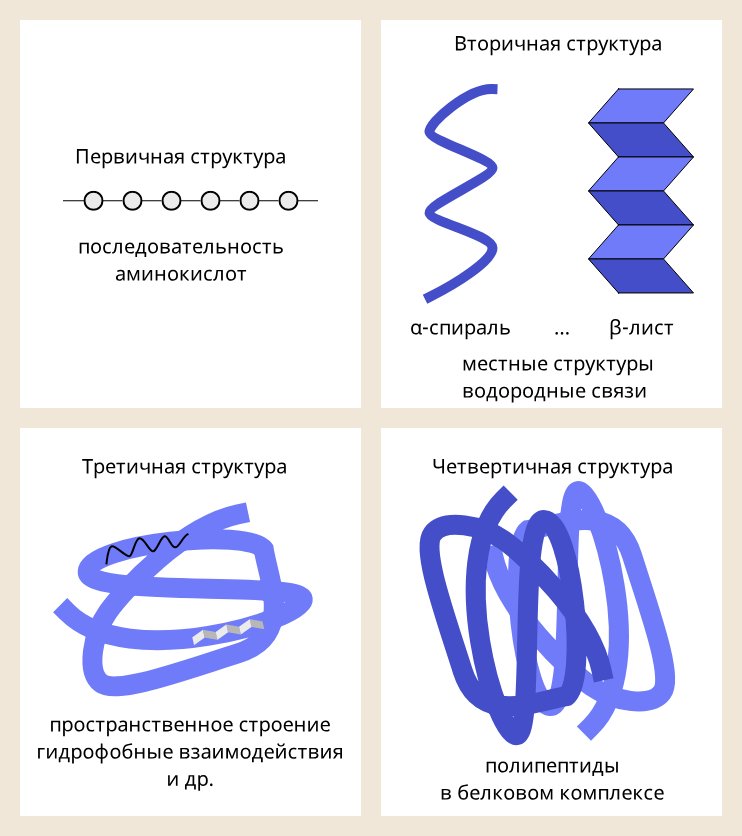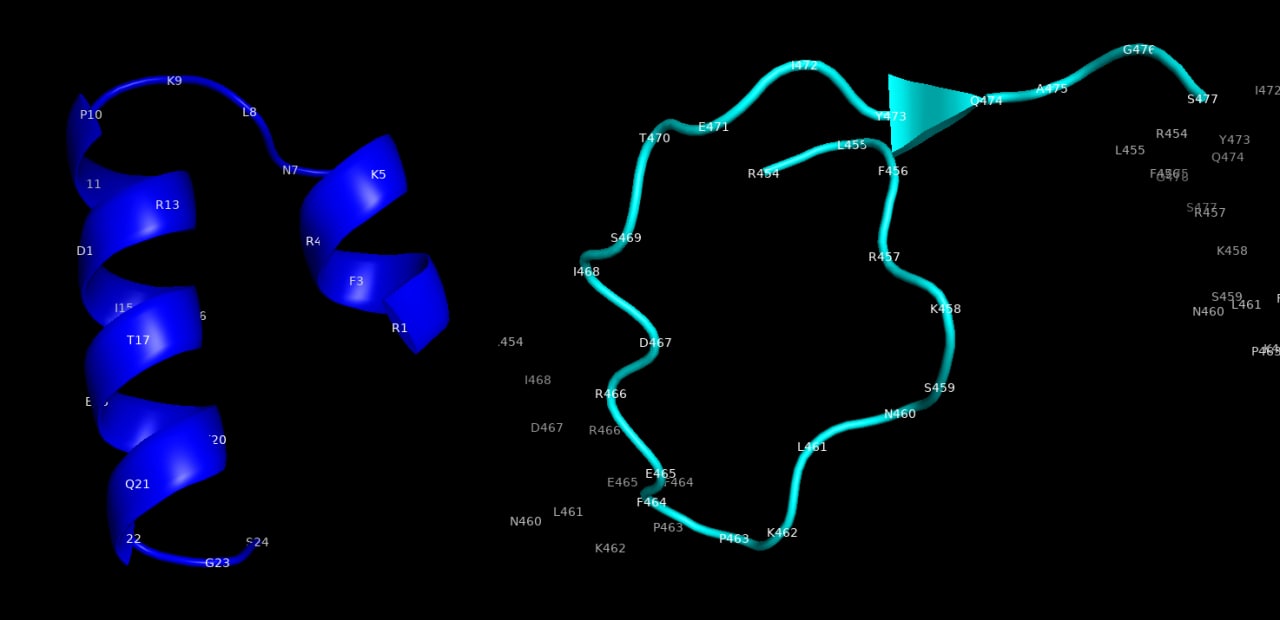Recently, a large number of COVID-19 vaccines have been released on the market, with vector and mRNA vaccines being massively used for the first time. Some people are afraid of genetic engineering technologies (believe me, you have already used them more than once, for example, in protein subunit vaccines for influenza and / or hepatitis B) and decide to wait for vaccines based on more traditional (from their point of view) technologies to enter the market, such as such as inactivated vaccines.
A separate line is peptide vaccines, which are successfully disguised as traditional (protein, subunit recombinant). Why is this not entirely true and why these vaccines can theoretically work, but so far there are reasonable doubts about this? It was the declared attempts to create peptide vaccines that prompted this article: see, for example, the post on Habr "Why is this vaccine silent? "[1] about a certain peptide vaccine by Winfried Stoecker, but to a much greater extent - the unfolding controversy [2] around the EpiVacCorona vaccine produced by" Vector "(note: this is not a vector vaccine).
First, we need to go back to basic concepts, to biopolymers. These are nucleic acids (RNA and DNA) and proteins. The former consist of nucleotides (nitrogenous base + ribose + phosphoric acid residue), the latter of amino acids. If we take a certain amount of amino acids and connect them with peptide bridges, we get a peptide; if large, polypeptide or protein.

, , , : . , ( ), , 7 . .
, - , , - (, N- SARS-CoV-2) .
– , , ? , ; ( , ), .
. , ( ), (, ).

, , «» ( – , ). , [3]. , , .
( , ), . , , , .
«» SARS-CoV-2.

, . , , , .
[1] (, , ) , : , , . SARS-CoV-2, .
«», , , :
. -, ( «»)
, , . , . , . , COVID-19 ( V ) – ,
, .
- ( , +, = , , 19-) , [2].
, . , . , , - .
- ; , , 1982 . , [4]. , ; ( ).
- «» .